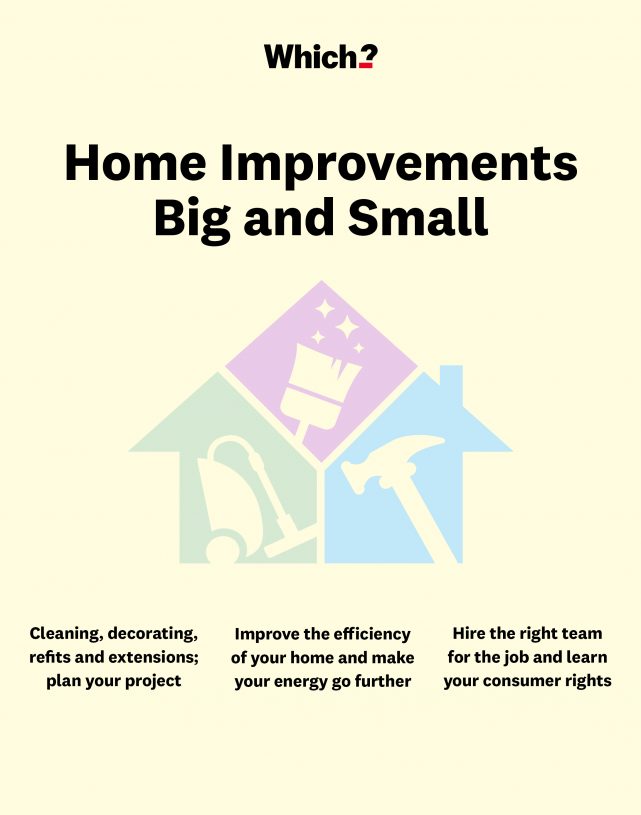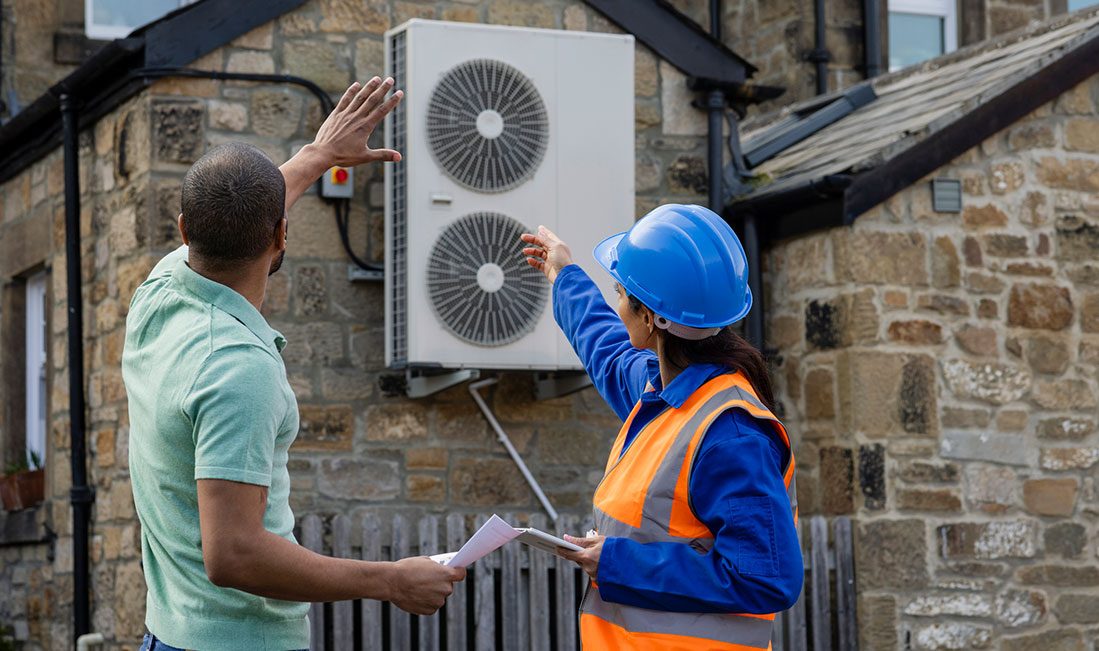User guide
Finding your way around the guide
To navigate between pages, click or tap the arrows to go forwards to the next page or backwards to the previous one. The arrows can be found either side of the page and at the bottom, too (circled in green, below).


Menu/table of contents
Click or tap on the three horizontal lines in the top-right of your screen to open the main menu/table of contents. This icon is always visible whether you're using a computer, tablet or smartphone. The menu will open on top of the page you’re on. Click on any section title to visit that section. Click the cross at any time to close the table of contents.
Text size
On a computer, you'll see three different sized letter 'A's in the top-right of your screen. On a smartphone or tablet these are visible when you open the menu (see above). If you’re having trouble reading the guide, click or tap on each of the different 'A's to change the size of the text to suit you.
Pictures
On some images you'll see a blue double-ended arrow icon. Clicking or tapping on this will expand the picture so you can see more detail. Click or tap on the blue cross to close the expanded image.
Where we think a group of images will be most useful to you, we've grouped them together in an image gallery. Simply use the blue left and right arrows to scroll through the carousel of pictures.
Links
If you see a word or phrase that's bold and dark blue, you can click or tap on it to find out more. The relevant website will open in a new tab.
Jargon
If you see a word or phrase underlined, click or tap on the word and small window will pop up with a short explanation. Close this pop-up by clicking or tapping the cross in the corner.
Help
On a computer, you'll see a question mark icon in the top-right of your screen. On a smartphone or tablet this is visible when you open the menu (see above).
Clicking or tapping on the question mark will open this user guide. It opens on top of the page you're on and you can close it any time by clicking or tapping the cross in the top-right corner.

Making your home more sustainable
Solar panels and heat pumps can make your home more sustainable, but these long-term investments come with high set-up costs.
The vast majority of us use gas for heating and hot water. As it’s a non-renewable fossil fuel that emits locked-up carbon dioxide into the atmosphere, it's also a big contributor to our carbon footprints. Here we look at ways to generate and use energy more efficiently, including solar panels and heat pumps, and explore what financial help is available to assist in making our homes more sustainable.
Solar panels
These can be an effective way to cut electricity costs and your carbon footprint. However, they’re not a quick win – it will likely be at least a decade before the amount you save on bills reaches the amount you spent on installation.
As they’re such a long-term investment and will be on your roof for at least a couple of decades, it’s certainly worth doing your research to ensure you choose a good brand and the right kind of solar photovoltaic system for your home. Owners have told us about the solar panels they’ve bought from brands such as JA Solar, LG and Panasonic. See our Best solar panel brand reviews to find out what owners think of their panels.
How much do solar panels cost?
The Energy Saving Trust quotes an average cost of £6,500 for a three-bed semi (March 2022). Prices will vary, though, depending on many factors, including the size of the system, the type of solar panels, the type of building, the quality of the inverter and other components.
How long does it take for solar panels to pay for themselves?
As well as what you pay for the installation, other factors affect how quickly you may recoup costs:
- The location, size, angle, orientation and shading of your roof.
- How much of the electricity generated you are able to use (see below).
- Whether, and how much, you are paid for electricity exported to the grid.
A typical scenario would see you saving a few hundred pounds on your energy bills per year, with an approximate payback time of around 11 years.
How much will you use them?
Solar panels generate most of their electricity during the day. If you’re around and using it, or diverting surplus energy to heat water, this can work well. But if you’re not, and have no means of storing it, it will be wasted. Our survey of 1,116 solar panel owners in June 2021 found that:
- 12% use less than a quarter of their solar electricity
- 34% use between a quarter and half
- 22% use between half and three-quarters
- 13% use more than three-quarters.
Almost all solar panel owners will find themselves returning excess energy to the National Grid, and will still need to buy at least a portion of their electricity at times when their panels aren't generating.
You can limit this by buying a battery to bank the energy you generate until you need it. Although battery technology is advancing quickly, at the moment buying a battery will set you back at least £2,000 before installation costs.
In a Which? survey carried out in August 2022, 55% of respondents told us that an energy provider’s sustainability credentials are important when choosing a supplier. Find out if your supplier is one of the three that tied for top place at eco-provider energy companies.
Low-carbon heating
There are around 24 million gas boilers in the UK. While electricity generation can be sustainable if it is generated from renewables, gas never is. The government has stopped short of banning the installation of gas boilers, but it is offering support for cleaner alternatives, including heat pumps.
What is a heat pump?
There are two main types: air source and ground source.
- Air source heat pumps take heat from the air and boost it to a higher temperature using a compressor. It then transfers the heat to your home’s heating system.
- Ground source pumps work in a similar way, but harness heat from under your property.
Heat pumps are an effective alternative to ageing boilers, but they won’t be suitable for all homes. They must be installed outside and require space indoors for a hot-water cylinder. In addition, heat pumps work best in energy-efficient homes, which means you'll need to insulate your home well before installing a heat pump to avoid a bigger electricity bill or cold rooms.
The Which? Sustainability newsletter sent to Which? members every month will help you to make your home and life more sustainable. If you don't already receive the newsletter, sign up here to get regular tips from our experts.
The Boiler Upgrade Scheme
The government launched its Boiler Upgrade Scheme (BUS) in April 2022, which aims to help homeowners in England and Wales afford the high upfront costs needed for low-carbon heating. It’s part of the drive to help to meet the UK’s 2050 net zero emissions target.
The long-term aim is to make installation of low-carbon heating systems similar in price to traditional ones. Currently, the grant doesn’t achieve this: the typical cost of an air source heat pump is between £7,000 and £13,000, according to estimates by the Energy Saving Trust, meaning a £5,000 grant would cut the cost to between £2,000 and £8,000. Some energy companies, including Octopus and British Gas, have their own heat pump installation schemes that make use of the BUS and can bring costs down further.
Read our advice guides on heat pumps and if you think installing these is a possibility for your property, contact a Microgeneration Certification Scheme (MCS) certified installer.
If the installer confirms that your property could be eligible for a grant you should then agree on a quote for installation. The installer will apply for the grant on your behalf, after which Ofgem will contact you to check the validity of the application. The value of the grant should then be deducted from your total bill by the installer.


